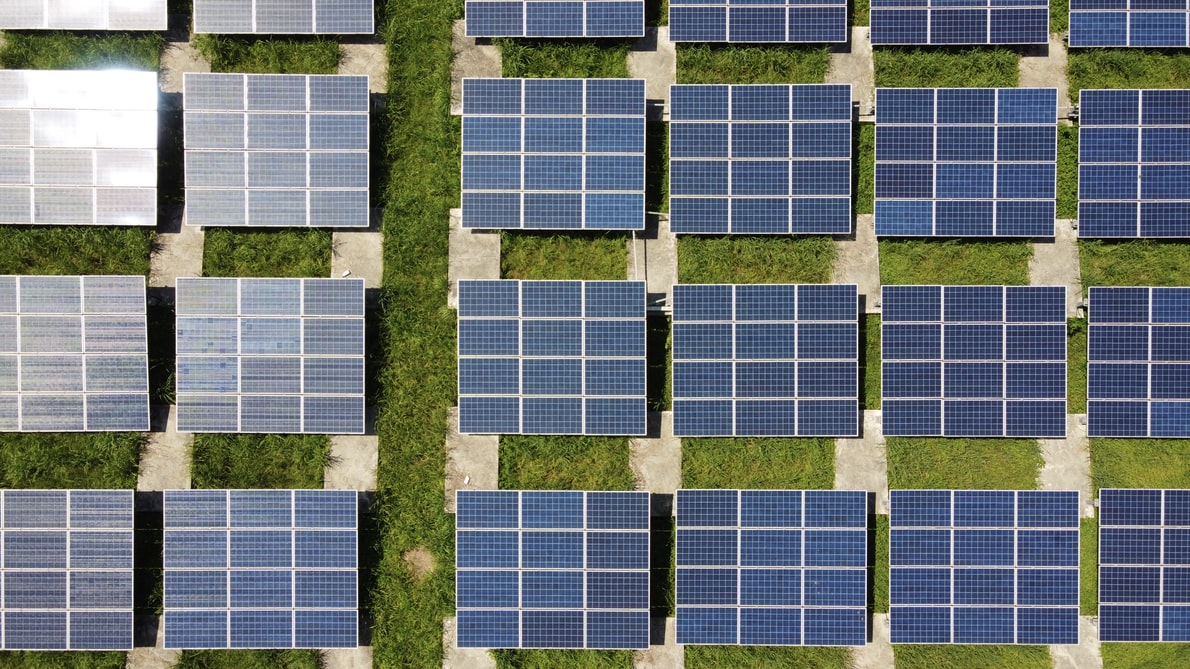While traditional silicon solar panels are becoming increasingly budget-friendly, emerging thin-film solar cells may prove to be even cheaper, thinner, more efficient and flexible. Out of these nascent technologies, the undisputed rock stars are solar cells that use organic materials as semiconductors.
But despite the wide range of potential materials for these future sun-traps,
only a few are making their way out of laboratories and onto the market: partly
because honing in the right materials is a lengthy and costly collaboration
between theory and experiment.
Now, an Australian research team believes to
have found a sector-wide solution: a machine-learning model able to predict the
energy conversion efficiency of organic materials used in solar cells.
- Machine Learning As there are many variables that can affect organic photovoltaic (OPV) materials — such as device design, processing conditions, dopants, dyes, solvents and other additives — the measuring of OPV properties tends to vary from experiment to experiment and between labs. The goal of the researchers from the ARC Centre of Excellence in Exciton Science in Melbourne was to demonstrate that machine-learning methods can model and predict a wide range of OPV properties.
- Faster computing While previous machine learning algorithms have been computationally intensive and expensive — involving lengthy calculations at the quantum level — the new model uses chemically interpretable signature descriptors of the analyzed materials, which reduces the need for computational resources.
- Open science The researchers have released the source code for the AI platform for use by other researchers.
- Predictive modelling The model also allows scientists to determine what properties would make for the highest conversion efficiency, in other words: modeling “virtual materials” that do not exist yet — to fast-track the development of cheap and high-performing solar cells.
ENGIE
EXPERT EYE
Thierry
Grima, Group Chief Analytics Officer - “These are just experiments: the AI
‘might’ make it possible to accelerate the search for the best materials to
build the new generation of solar panels with better efficiency, but many
questions remain: easy development of the panels, service life of panels,
scaling up…”
